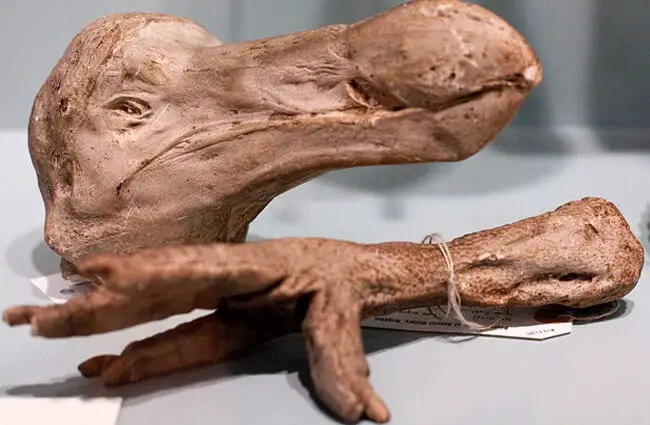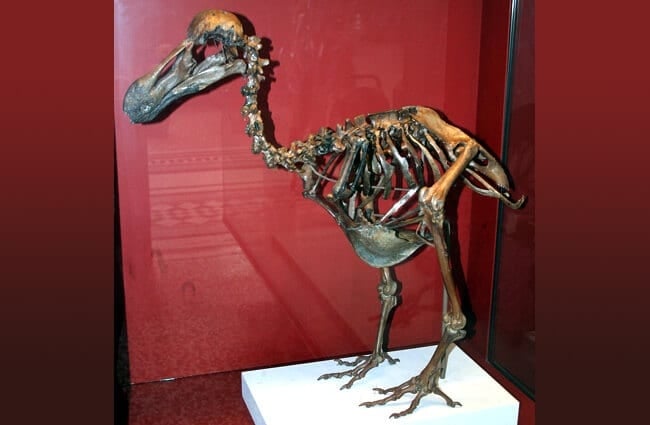The story of the dodo is arguably the most famous tale of extinction in the world. More than just a symbol of vanished species, the dodo offers a fascinating window into evolution, island ecosystems, and the complex relationship between humans and the natural world. This comprehensive guide delves into the life, history, and legacy of this remarkable bird.

A Portrait of the Dodo
The dodo Raphus cucullatus was a flightless bird endemic to the island of Mauritius in the Indian Ocean. It stood approximately one meter tall and may have weighed between 10 and 18 kilograms, making it a relatively large bird. Descriptions and illustrations suggest a plump body, bluish gray plumage, a large head, and a distinctive hooked beak. The bird’s legs were strong and sturdy, adapted for terrestrial life. The dodo possessed a preen gland, although the size and activity of this gland are not well documented, which may have influenced its vulnerability.
Habitat and Distribution
Mauritius, a volcanic island, provided the sole habitat for the dodo. The island’s ecosystem was unique, characterized by lush forests, marshes, and a lack of mammalian predators. This allowed the dodo to thrive without the evolutionary pressure to develop flight. The dodo’s range was limited to the island’s diverse habitats, primarily the coastal regions and woodlands. These environments provided ample food sources and nesting sites for the species.
Evolutionary History
The dodo was a member of the pigeon and dove family Columbidae. Its evolutionary lineage can be traced back millions of years. Scientists believe the dodo evolved from a distant ancestor that flew to Mauritius and gradually lost the ability to fly. This process, known as flightlessness, is often observed in island species, where the lack of predators reduces the need for aerial escape. The absence of mammalian predators and abundant food allowed the dodo to evolve without the pressures of needing to fly. Genetic studies have confirmed the dodo’s close relationship to the Nicobar pigeon, a species still found in Southeast Asia.
Life History of the Dodo
Diet and Foraging
The dodo was likely a frugivore and granivore, meaning its diet consisted primarily of fruits, seeds, roots, and bulbs. Historical accounts suggest the bird also consumed crustaceans and shellfish. The dodo’s large beak was well suited for cracking seeds and digging for roots. It foraged on the forest floor, utilizing its strong legs to move through dense vegetation. It is theorized that the dodo played a key role in seed dispersal, contributing to the health and diversity of the island’s forests.
Mating and Reproduction
Details about the dodo’s mating rituals and reproductive behavior are limited. However, based on observations of related species, it is believed that the dodo engaged in elaborate courtship displays. It is thought that the dodo laid a single egg in a nest constructed on the ground, utilizing materials such as leaves, grass, and twigs. The incubation period may have been relatively long, approximately 60 to 80 days, and both parents likely participated in caring for the chick. The low reproductive rate of the dodo made it particularly vulnerable to exploitation.

Ecological Role and Interactions
The dodo played a significant role in the Mauritian ecosystem. Its feeding habits likely helped shape the island’s plant communities, while its seed dispersal activities promoted forest regeneration. The dodo coexisted with a variety of other species, including giant tortoises, parrots, and various invertebrates. While the island lacked mammalian predators before human arrival, the dodo likely served as prey for larger reptiles and birds. The loss of the dodo had cascading effects on the ecosystem, disrupting ecological balances and contributing to the decline of other species.
The Dodo and Humans
Arrival of Humans and Initial Impact
The arrival of humans on Mauritius in the late 16th century marked the beginning of the dodo’s demise. Sailors and settlers began exploiting the island’s resources, including the dodo. The dodo was reportedly unafraid of humans, making it an easy target for hunters. Initial exploitation focused on providing fresh meat for sailors and settlers. Accounts suggest the dodo’s meat was not particularly flavorful, but it provided a readily available food source.
Hunting and Habitat Destruction
Hunting pressure quickly decimated the dodo population. While the dodo was hunted for food, habitat destruction played an equally significant role in its decline. Forests were cleared for agriculture and settlements, reducing the dodo’s available habitat. The introduction of species such as pigs, rats, and monkeys further exacerbated the problem. These introduced animals preyed on dodo eggs and chicks, competing with the dodo for food and resources.

Extinction and Last Sightings
By the mid 17th century, the dodo was on the brink of extinction. The last confirmed sighting of a dodo occurred in 1662. While unconfirmed reports persisted for a few more years, the dodo was officially extinct by the end of the 17th century. The extinction of the dodo serves as a stark reminder of the devastating impact that humans can have on vulnerable species and ecosystems. It took less than 100 years for humans to wipe out an entire species.
Dodo in Culture and Science
Literary and Artistic Representations
The dodo has captured the imagination of artists and writers for centuries. It is prominently featured in Lewis Carroll’s Alice’s Adventures in Wonderland, where it appears as a peculiar and nonsensical character. The dodo has also been depicted in numerous paintings, illustrations, and sculptures, becoming a symbol of lost biodiversity. These cultural representations help keep the dodo’s story alive and raise awareness about the importance of conservation.
Scientific Significance and Research
Despite its extinction, the dodo remains an important subject of scientific research. Scientists continue to study dodo remains, including bones, feathers, and eggs, to learn more about its anatomy, physiology, and evolutionary history. Recent advancements in genetic analysis have allowed scientists to reconstruct the dodo’s genome, providing insights into its relationship to other bird species. The dodo’s story serves as a valuable case study for understanding extinction dynamics and informing conservation efforts.
![Jan Savery's painting of a dodo (1651)Photo by: Jan Savery [Public domain]](https://animals.net/wp-content/uploads/2019/01/Dodo-3-650x425.jpg)
What if you encounter a Dodo?
While the dodo is extinct in the wild, and the chances of encountering one are essentially zero, imagining such a scenario is a fun thought experiment. If a dodo were to miraculously reappear, it would be crucial to observe it from a distance and avoid any direct interaction. It would be a vulnerable and likely confused animal. Contacting local wildlife authorities or conservation organizations would be the appropriate course of action. Preserving the safety of the bird and ensuring its well being would be paramount.
Caring for a Dodo in Captivity?
Hypothetically, caring for a dodo in captivity would present significant challenges. The dodo’s dietary needs would require careful consideration, as its natural food sources may not be readily available. Providing a suitable habitat, with ample space and appropriate vegetation, would be essential. The bird would require regular veterinary care, including vaccinations and parasite control. Enrichment activities would be necessary to stimulate its mind and prevent boredom. It is also essential to recognize the ethical implications of keeping such a rare and vulnerable species in captivity.

The story of the dodo is a cautionary tale of extinction, reminding us of the fragility of life and the importance of preserving biodiversity. It is a story of loss, but also a story of scientific curiosity and the enduring power of the natural world. By learning from the past, we can work towards a future where species are protected and ecosystems thrive.

![Red Angus Closeup of a beautiful Red Angus cowPhoto by: U.S. Department of Agriculture [pubic domain]https://creativecommons.org/licenses/by/2.0/](https://animals.net/wp-content/uploads/2020/03/Red-Angus-4-238x178.jpg)




![Red Angus Closeup of a beautiful Red Angus cowPhoto by: U.S. Department of Agriculture [pubic domain]https://creativecommons.org/licenses/by/2.0/](https://animals.net/wp-content/uploads/2020/03/Red-Angus-4-100x75.jpg)

